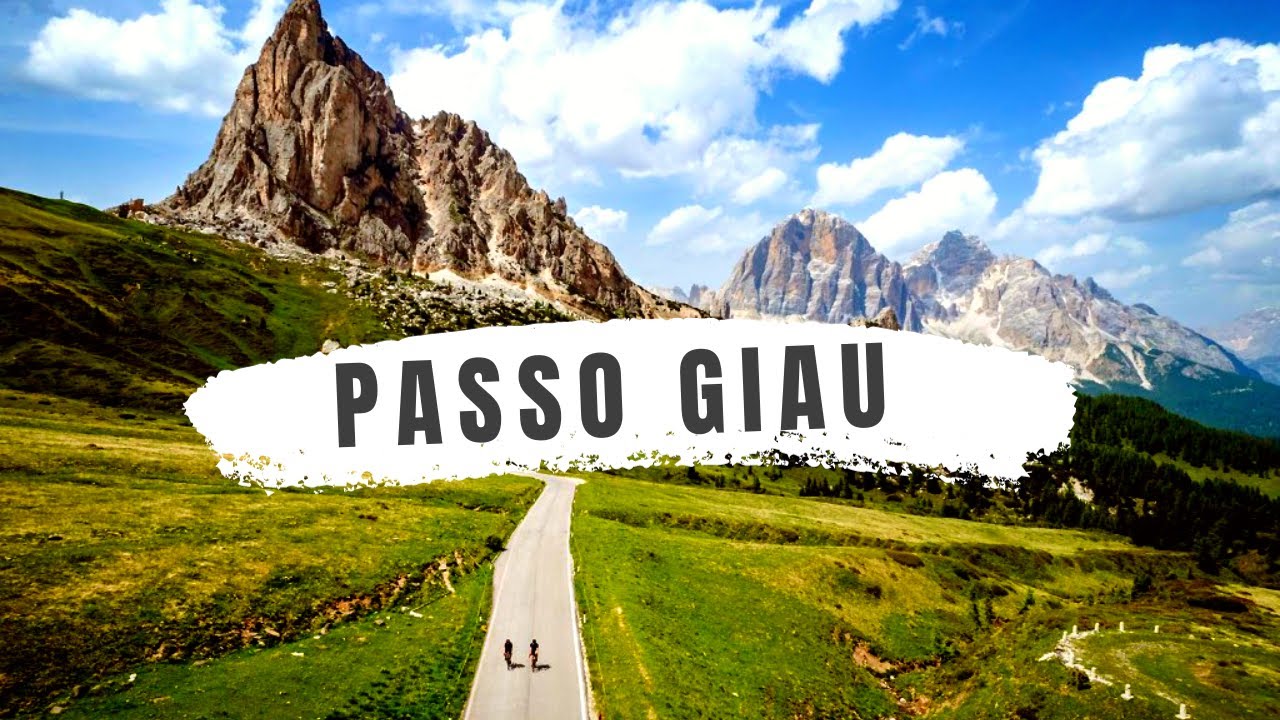THE MOST SPECTACULAR CLIMB OF THE DOLOMITES – PASSO GIAU with Off The Marc!
Source: Off The Marc! Youtube Channel: THE MOST SPECTACULAR CLIMB OF THE DOLOMITES – PASSO GIAU
Video THE MOST SPECTACULAR CLIMB OF THE DOLOMITES – PASSO GIAU with Off The Marc !
Video THE MOST SPECTACULAR CLIMB OF THE DOLOMITES – PASSO GIAU with Marc Figueras Grabulosa from Off The Marc YouTube Channel.
THE MOST SPECTACULAR CLIMB OF THE DOLOMITES – PASSO GIAU
Heading: The Challenge of Climbing the Passo Giau
The Passo Giau is a challenging climb, with an average gradient of 9 percent over a distance of 10 kilometers. The consistency of the climb, with no recovery sectors, makes it a tough ascent for cyclists. The profile of the climb is deceptive, as it starts climbing much earlier than indicated. The climb is relentless, with a steady gradient, making it a test of endurance and strength for riders.
Heading: The History of Passo Giau
The Passo Giau has a rich history, with the first cyclist reaching the top in the 1970s. The climb was originally a gravel path, only being paved in 1986. The late paving was due to the fact that the climb was not a primary route between towns. The climb connects the towns of Selva di Cadore and Cortina d’Ampezzo. Passo Giau has become a regular feature in the Giro d’Italia, with iconic moments such as the stage wins and jersey changes.
Heading: The Toughness of Passo Giau in Comparison to Other Climbs
Many people regard the climbs of the Giro d’Italia, like Passo Giau, as some of the toughest in the world. The consistent gradient and lack of recovery sections make it a formidable challenge for riders. When comparing it to climbs in the Tour de France, the difference in construction is evident. The climbs of the Tour de France were built during the time of Napoleon, mainly for military reasons, and have a more gentle gradient. In contrast, the climbs of the Giro d’Italia were built later, allowing for steeper and more challenging ascents.
Heading: The Scenic Beauty of Passo Giau
The climb of Passo Giau not only tests the strength of cyclists but also offers breathtaking views. The Dolomite rocks and the landscape make for an exceptional visual experience. The top of Passo Giau, at 2200 meters, offers a panoramic view, with the border between the Austrian Empire and the Republic of Venice marked by a historical house. The landscape and rock formations add to the allure of tackling this challenging climb.
Heading: The Physical Difficulty of Passo Giau
The physical toll of climbing Passo Giau is evident in the struggles of cyclists tackling the gradient. The consistent 9 percent gradient over 10 kilometers causes significant strain on the legs. Riders have noted that the difficulty of Passo Giau surpasses that of climbs in the Tour de France. The relentless nature of the climb tests the limits of physical endurance and mental fortitude, making it a true test for all cyclists.
Heading: The Significance of Passo Giau in Cycling History
The Passo Giau holds historical significance as a challenging climb in the Giro d’Italia. It has been a stage for iconic victories and has seen riders make significant gains in the general classification. The climb’s consistency and steep gradient have made it a decisive point in many editions of the Giro d’Italia. The unique challenges it presents have cemented its place as a classic climb in cycling history.
Heading: The Spectacle of Passo Giau
The climb of Passo Giau offers a spectacular backdrop for television coverage, with the dramatic Dolomite rocks and breathtaking views. The finish line at the top of the climb would provide a dramatic setting for competitions. The landscape, with its historical significance and natural beauty, adds to the spectacle of Passo Giau as a climb in the Giro d’Italia.
Heading: The Future of Passo Giau
The Passo Giau continues to be a challenging and iconic climb in the Giro d’Italia, attracting cyclists from around the world. Its historical significance, physical difficulty, and scenic beauty make it a compelling attraction for both riders and fans. As the Giro d’Italia continues to evolve, the climb of Passo Giau will remain a key feature, testing the skill and determination of cyclists for years to come.
The opinions expressed in this space are the sole responsibility of the YouTube Channel Off The Marc! and do not necessarily represent the views of CicloNews.










